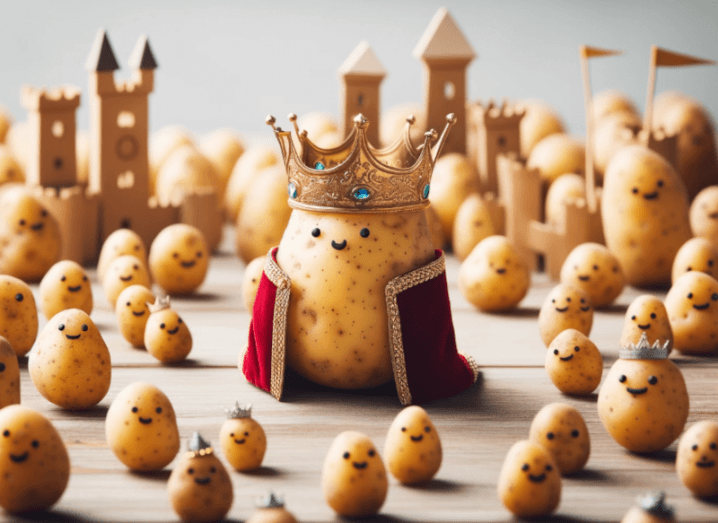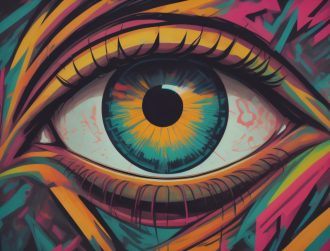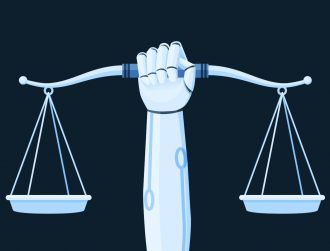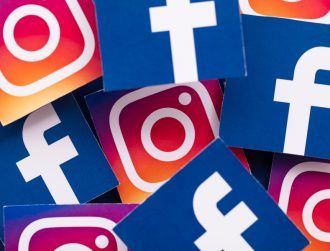
Image generated by AI (Dall-E 3). Image: OpenAI
The company claims Dall-E 3 can understand more nuance and detail than previous systems, though copyright concerns still exist around AI-generated art.
Following the success of its other generative AI creations, OpenAI has revealed its latest text-to-image generator, Dall-E 3.
The company said this upgraded model is able to understand “significantly more nuance and detail” than its previous systems, in order to translate text prompts into accurate images. The latest model is currently in “research preview”, but will be available to ChatGPT Plus and Enterprise customers next month.
There are various text-to-image generators in the market, such as Midjourney, Stable Diffiusion and OpenAI’s own DALL-E models. But the company claims current systems tend to ignore certain words or descriptions.
“Dall-E 3 represents a leap forward in our ability to generate images that exactly adhere to the text you provide,” the company said in a blogpost.
The AI model is also integrated with ChatGPT, OpenAI’s popular chatbot. The company said users can use ChatGPT to make slight tweaks to images generated with Dall-E 3.
Text-to-image concerns
OpenAI’s push into the text-to-image sector began with the creation of Dall-E in 2021. But the company gained significant attention last year when it unveiled the successor – Dall-E 2 – which could generate “more realistic and accurate images with four times greater resolution”.
By September 2022, OpenAI said the tool had more than 1.5m active users creating more than 2m images a day. This figure likely grew significantly after Dall-E 2 was made generally available in the same month.
However, some concerns have been raised in the past around the use of text-to-image generators, such as their ability to create realistic images that could be used for misinformation.
OpenAI said it has taken steps to limit Dall-E 3’s ability to generate violent, adult, or hateful content, in a similar process it took with its earlier models. This includes improved safety performance in “risk areas like generation of public figures and harmful biases related to visual over/under-representation”.
Text-to-image generators have also been criticised by artists in the past, due to claims that many of them use their work as training data to generate new content.
OpenAI said Dall-E 3 is designed to decline requests that ask for an image “in the style of a living artist”. The company also claims that creators can “opt their images out from training of our future image generation models”.
Meanwhile, OpenAI said the images a user generates with Dall-E 3 are theirs and that they “don’t need our permission to reprint, sell or merchandise them”. But the legal realm of AI-generated images and copyright remains murky at best.
Last month, A US court ruled that artwork generated by AI cannot be copyrighted. US district court judge Beryl Howell added that copyright has never been granted to work that was “absent any guiding human hand” and that human beings are an “essential part of a valid copyright claim”.
10 things you need to know direct to your inbox every weekday. Sign up for the Daily Brief, Silicon Republic’s digest of essential sci-tech news.






